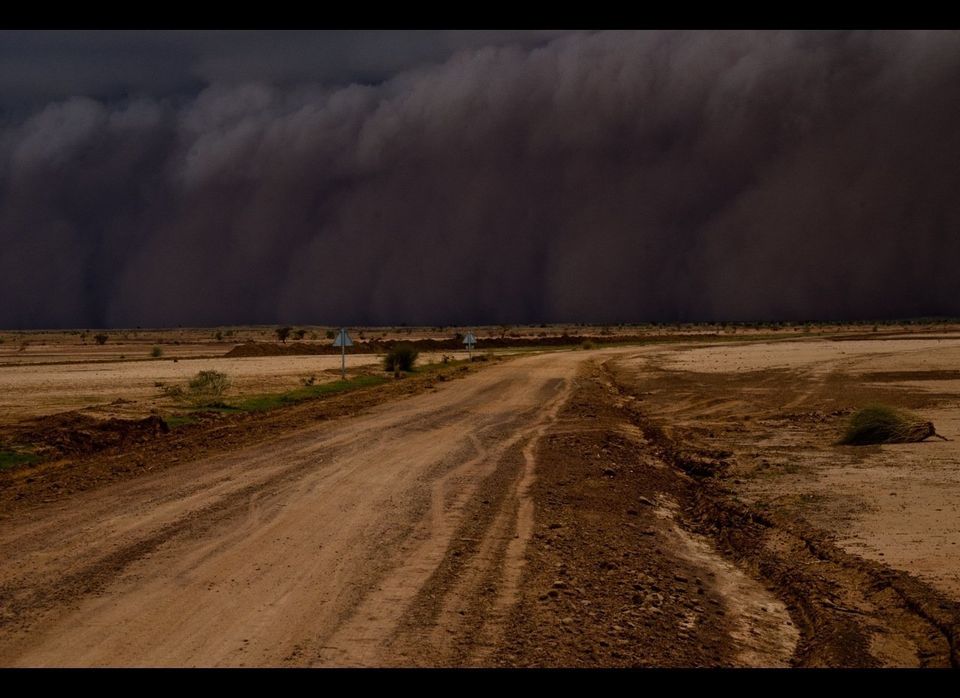My first trip to Timbuktu occurred in 2003, long before this current conflict. I arrived in Timbuktu and the air emitted a certain respect for history. The architectural structure reminded me that I was in the midst of a city of knowledge that had existed for hundreds of years. Whatever its fortunes throughout history, Timbuktu remains a symbol of African civilization.
The universities and religious temples of Timbuktu represent the ancient power of the intellect. So during this trip, and others that were to follow, I often walked the streets contemplating that greatness and further realizing that the city of Timbuktu was a representation of what Africa could be. In most languages Timbuktu has come to mean something far, distant, and isolated.
In the beginning, the Tuareg used Timbuktu as a place for storage for their possessions and stocks of food. After a period of time, it became a well-known crossroads for travelers; its strategic location attracted travelers from all directions and commerce began to grow.
Through its port at Kabara, Timbuktu became a center along the Niger River. The city connected the various parts of the Niger Delta to each other; it also connected West Africa to the Sahara, North Africa, Asia and Europe. Timbuktu was a center of the world.
